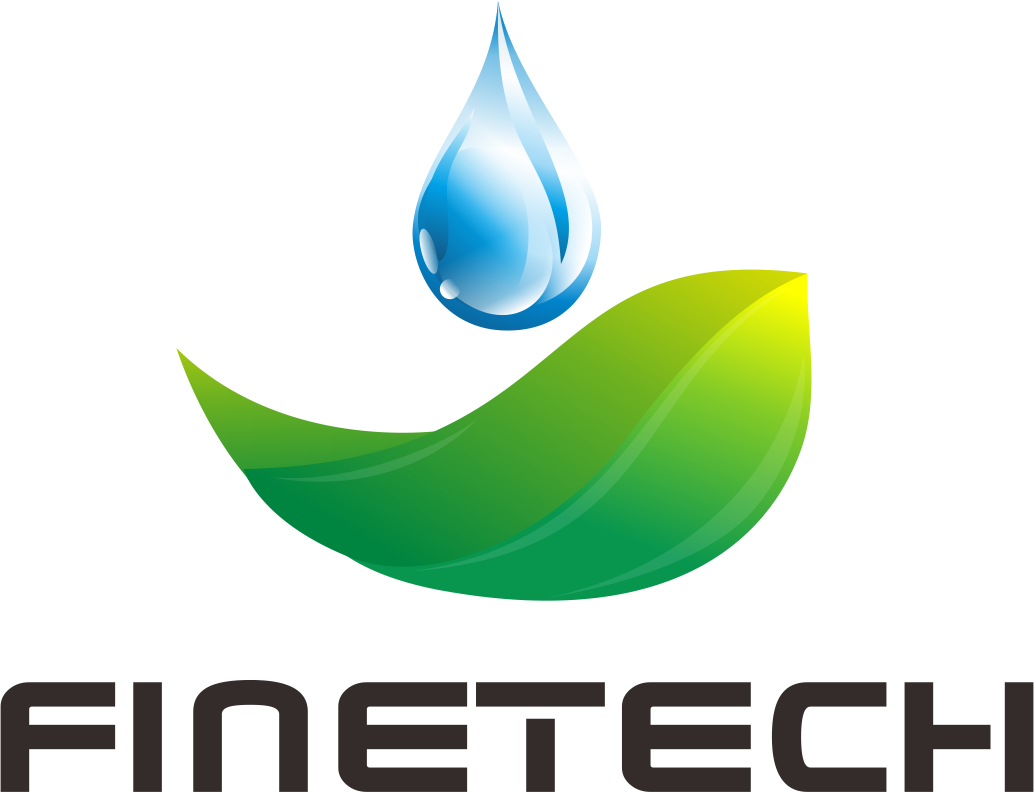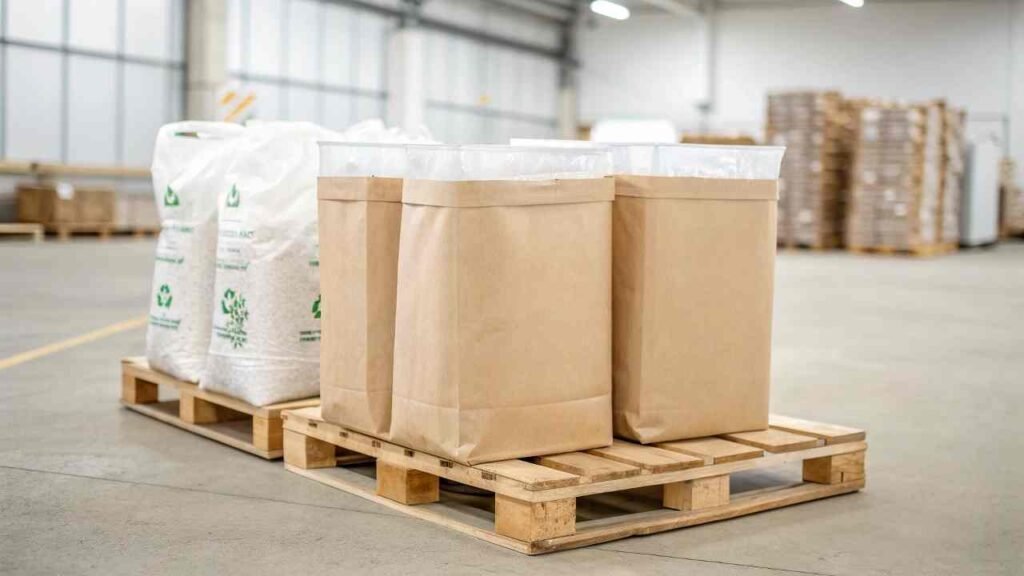Want sustainable packaging for Sodium Saccharin? Worried about cost and product safety? Let's explore practical green packaging solutions that work.
To pack Sodium Saccharin sustainably, use green materials like recyclable paper sacks with biodegradable liners, ensure compliance with standards like ISO 14001, and use smart designs to cut shipping costs.
At FINETECH, our clients need quality products and smart logistics. Today, sustainability is a key part of that. It's about market access, brand image, and saving money. Let's see how this applies to Sodium Saccharin packaging.
Which green materials pack Sodium Saccharin?
Choosing green packaging materials can seem complex. Which ones are safe and practical? Let's review the best options.
The best green materials are multi-wall paper sacks from certified forests, liners made from biodegradable plastics like PLA, and packaging with recycled content.
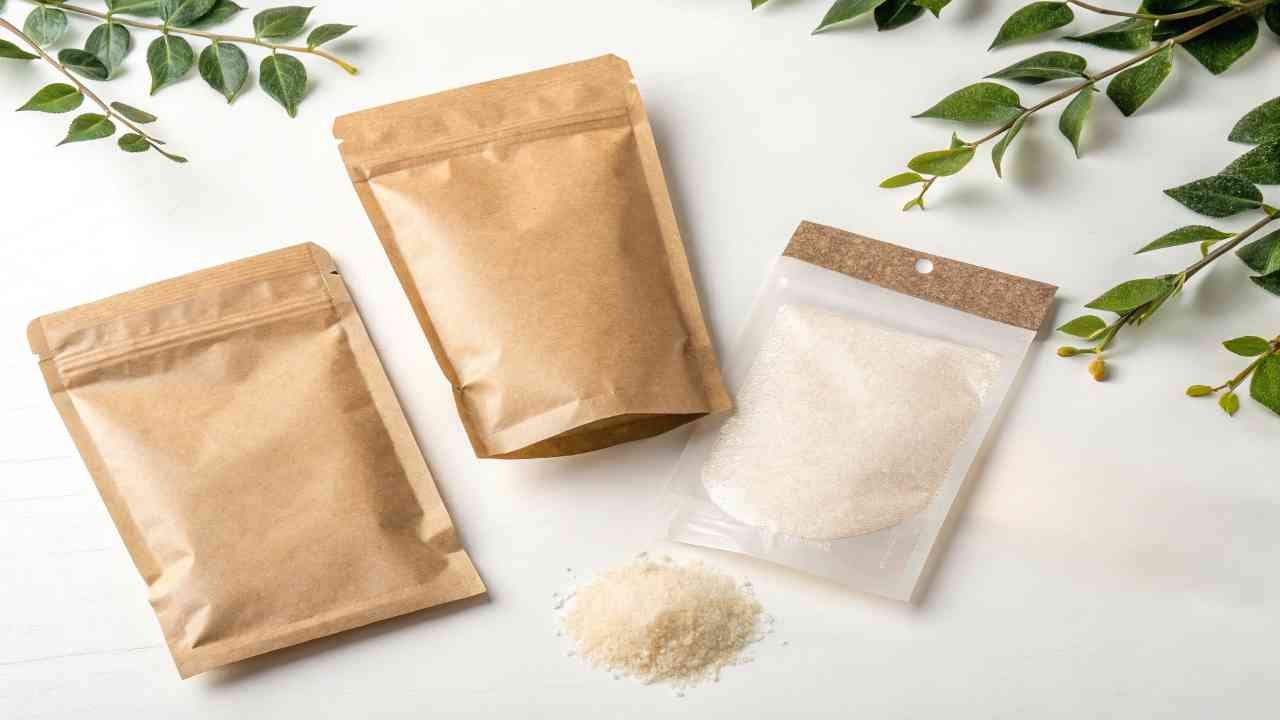
The right material must balance sustainability, protection, and cost. Sodium Saccharin is a powder that needs protection from moisture.
Paper-Based Solutions
Multi-wall paper sacks1 are a strong and sustainable option.
- They are made from paper from certified forests (FSC or PEFC).
- Multiple paper layers provide excellent strength.
- Paper is widely recyclable in many markets, like Europe.
- They need a liner for moisture protection2, which is key for product quality.
Bioplastic Liners
The inner liner can be made from bioplastics instead of traditional PE.
- PLA (Polylactic Acid): Made from corn starch and is compostable in industrial facilities.
- PHA (Polyhydroxyalkanoates): Another bioplastic that can biodegrade in different environments.
- Considerations: Bioplastics can be more expensive and need special composting facilities, which aren't available everywhere.
Recycled Content
Using recycled materials helps the circular economy.
- PCR (Post-Consumer Recycled) Content: We can use paper sacks with recycled paper or plastic containers with PCR resins.
- Safety: Any recycled material must be certified as food-grade to ensure it is free from contaminants. At FINETECH, we verify this with our suppliers.
Material Comparison:
| Material Type | Key Advantage | Key Disadvantage | Best For |
|---|---|---|---|
| Paper Sacks | Recyclable, strong | Needs liner for moisture | B2B shipments to markets with paper recycling |
| Bioplastic Liners | Renewable, compostable | Higher cost, needs specific facilities | Eco-conscious brands in certain regions |
| PCR Content | Reduces waste | Must be food-grade certified | Companies with corporate recycling goals |
Can PFAS-free wrap hold Sodium Saccharin?
Are your packaging materials safe from "forever chemicals" like PFAS? Let's confirm if PFAS-free options are suitable for Sodium Saccharin.
Yes, PFAS-free wrap and liners work well for Sodium Saccharin. Modern options like silicone-coated papers or advanced polymer films provide a moisture barrier without harmful PFAS chemicals.

PFAS chemicals are a major regulatory concern due to health and environmental risks. Using PFAS-free packaging3 is becoming a legal requirement in many places, like the EU and US. For a global distributor, using packaging with PFAS could lead to rejected shipments.
Safe PFAS-Free Alternatives
Excellent PFAS-free options are available to protect Sodium Saccharin from moisture.
- Silicone-Coated Papers: A thin layer of food-safe silicone provides a great moisture barrier.
- Specialty Polymer Films: Advanced polymer films, made without PFAS, offer high-performance moisture protection.
- Natural Wax Coatings: Plant-based waxes can also provide a good barrier for dry products.
Verifying a PFAS-Free Supply Chain
You must verify that materials are PFAS-free. At FINETECH, we require our suppliers to provide certificates of compliance. This due diligence protects our clients from regulatory issues and ensures product safety.
Barrier Alternatives:
| Barrier Type | Performance | Regulatory Status | Benefit for Sodium Saccharin |
|---|---|---|---|
| Traditional (PFAS) | Excellent | Being banned | High Risk - Avoid |
| Silicone Coating | Excellent | Safe and compliant | Effective and reliable protection |
| Polymer Film Liner | Excellent | Safe and compliant | High-performance barrier |
| Natural Wax Coating | Good | Safe and compliant | Natural, plant-based choice |
Is green Sodium Saccharin packaging cheaper?
Is sustainable packaging going to cost you more? Let's look at the full financial picture, not just the upfront price.
Green packaging is not always cheaper upfront, but it can lower your total costs. This happens through reduced waste fees, lower shipping weights, and better access to major markets.
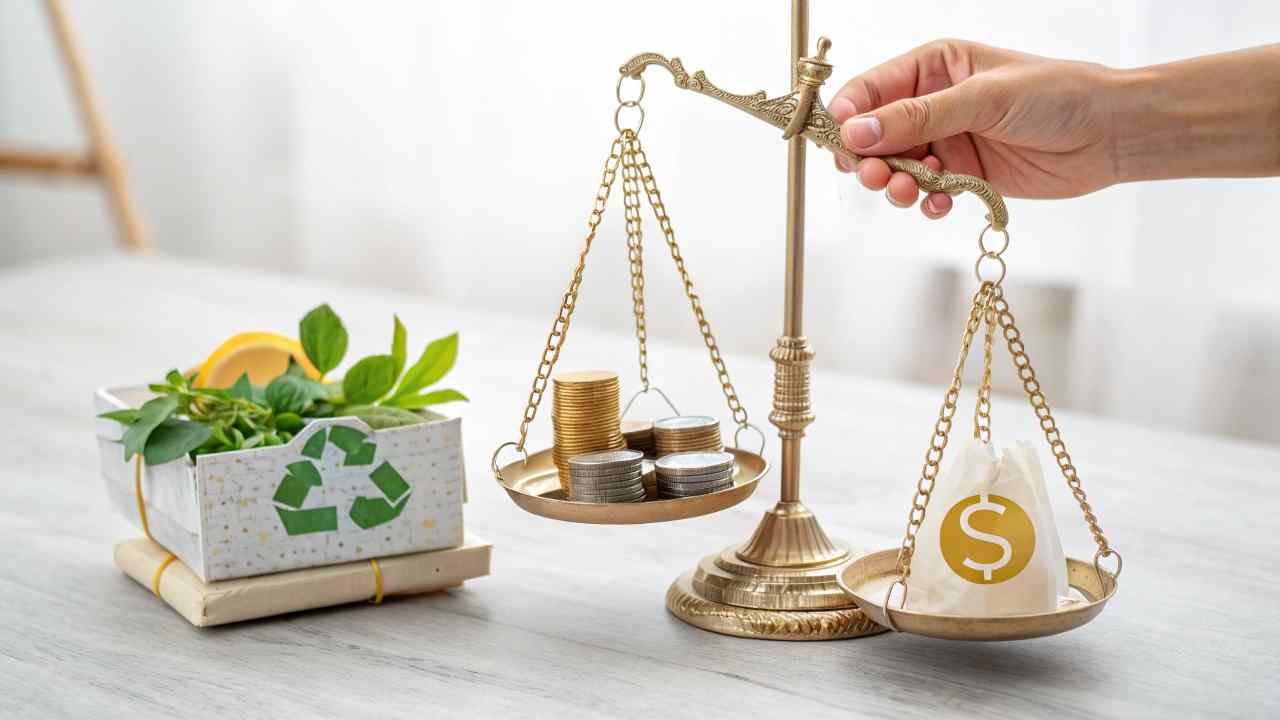
My clients are price-sensitive, so we must discuss cost. But we need to look at the Total Cost of Ownership (TCO)4.
Upfront vs. Total Cost
- Upfront Cost: Some green options, like bioplastics, can have a higher initial price than conventional plastics.
- Total Cost Savings:
- Reduced Waste Fees: Many countries, especially in the EU, charge fees based on packaging recyclability. Using easily recyclable paper can lead to lower fees.
- Lower Shipping Costs: Lighter packaging means lower freight costs. Over thousands of units, this adds up to big savings.
- Market Access: Major retailers and countries may refuse products that don't meet their sustainability standards. Sustainable packaging prevents lost sales.
Total Cost Overview:
| Cost Factor | Less Sustainable Bag | More Sustainable Paper Sack | Financial Impact |
|---|---|---|---|
| Upfront Cost | Low | Low to Medium | Paper may cost slightly more initially. |
| Waste/EPR Fees (EU) | High | Low | Major long-term savings. |
| Market Access | Risk | Good | Avoids lost sales and restrictions. |
| Total Cost | Higher Long-Term | Lower Long-Term | The sustainable option is often smarter. |
How to meet ISO 14001 for Sodium Saccharin?
How can you apply the ISO 14001 standard to your packaging in a simple way? What does it really mean?
To meet ISO 14001 for packaging, you need an Environmental Management System (EMS). This means setting green goals, choosing certified materials, documenting your process, and always improving.
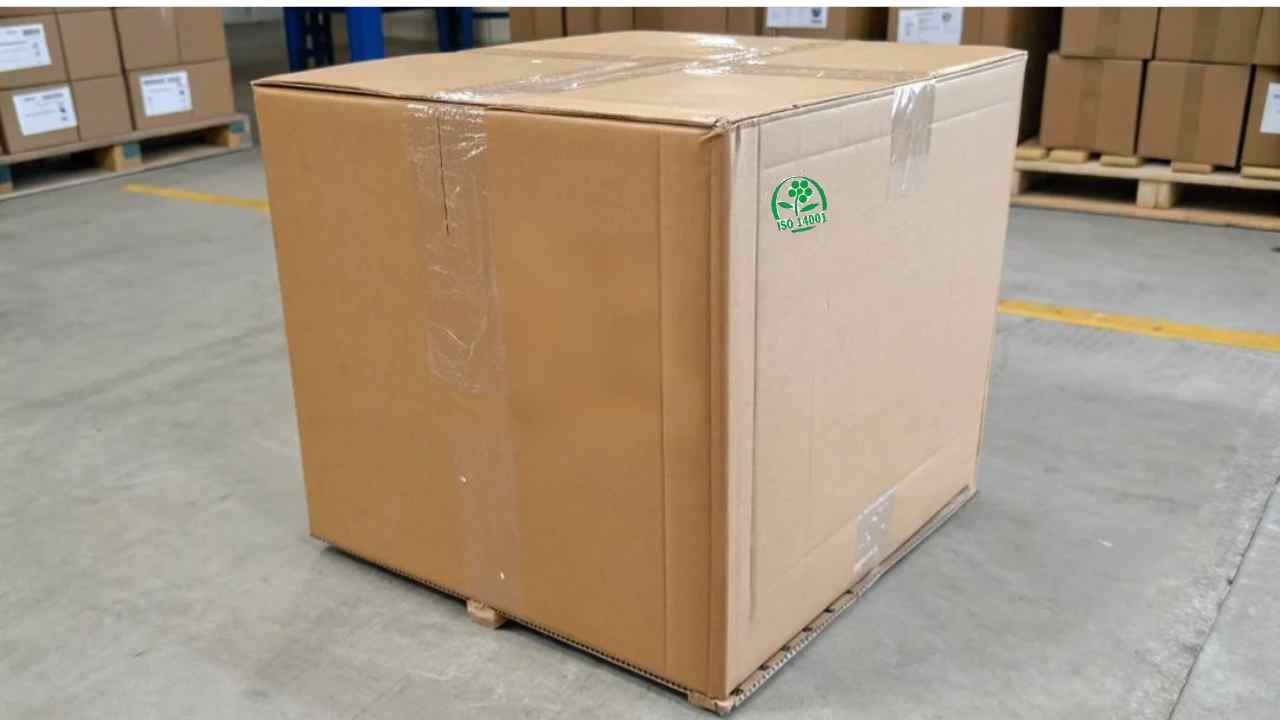
ISO 140015 is a management system standard. It provides a framework for managing your environmental responsibilities using a "Plan-Do-Check-Act" cycle.
Applying the Cycle to Packaging
- Plan: Set a clear goal. Example: "Reduce our packaging weight by 10% by 2025."
- Do: Implement the plan. Work with a supplier like FINETECH to source lighter bags and train your team.
- Check: Monitor progress. Keep records and audit your processes to ensure they are followed.
- Act: Review results. If you met the goal, set a new one. If not, analyze why and make changes. This is continuous improvement.
ISO 14001 Steps for Packaging:
| Stage | Action Required | Example |
|---|---|---|
| PLAN | Define Policy & Objectives | "Switch from plastic tubs to recyclable paper sacks." |
| DO | Implement Processes & Training | Source certified sacks, train warehouse staff. |
| CHECK | Monitor, Measure & Audit | Track materials used, audit certifications. |
| ACT | Review & Continuously Improve | Analyze results, set new goal to lightweight sacks. |
What new packs help Sodium Saccharin shipping?
Shipping costs and carbon footprints are major concerns. Can innovative packaging reduce these burdens? Yes, smart design helps a lot.
Innovations like lightweight sacks, Flexible Intermediate Bulk Containers (FIBCs), and cube-efficient designs help. They reduce weight and maximize space, cutting shipping costs and emissions.
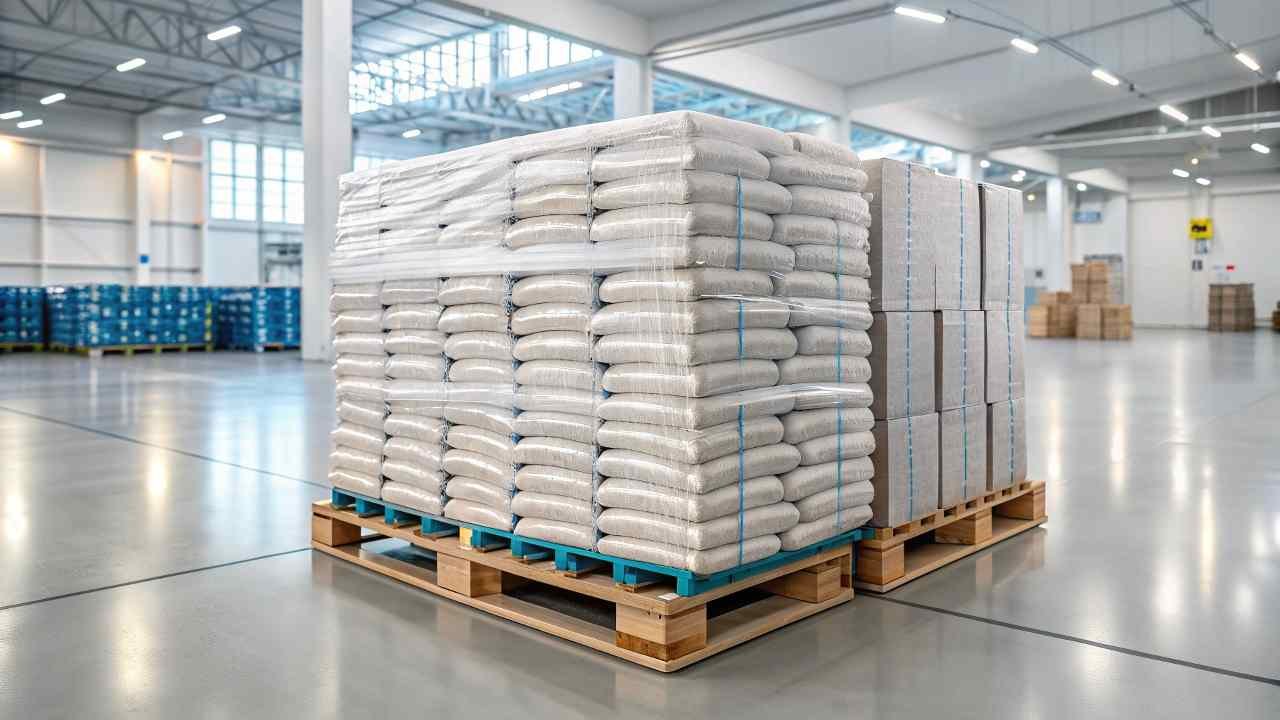
Smart packaging is a key part of an efficient logistics chain.
Lightweighting
This means using less material to do the same job. Modern paper sacks can be lighter but just as strong as older versions, which reduces freight costs.
Flexible Intermediate Bulk Containers (FIBCs)
Also known as bulk bags, these can hold 500kg or 1000kg.
- Efficiency: One FIBC replaces forty 25kg bags, reducing labor and packaging waste.
- Space: They are stable, stackable, and use container space very well.
Cube Optimization6
This is about using space on a pallet and in a container effectively.
- Bag Design: Square-bottom bags stack more neatly, forming a stable cube with no wasted space.
- Pallet Configuration: Using software to find the best stacking pattern can increase the amount of product per pallet, lowering the per-unit shipping cost.
Shipping Efficiency Options:
| Format | Labor Efficiency | Space Use | Waste Level | Best For |
|---|---|---|---|---|
| Standard 25kg Bags | Low | Moderate | High | Smaller customers, manual handling |
| Cube-Optimized Bags | Low | High | High | Improving pallet efficiency |
| FIBCs (Bulk Bags) | High | Very High | Very Low | Large-scale industrial users |
Conclusion
Sustainable packaging for Sodium Saccharin is a smart business decision. It improves quality, ensures compliance, and offers significant long-term financial savings for your business.
-
Explore this link to understand how Multi-wall paper sacks offer strength and sustainability for your packaging needs. ↩
-
Learn why moisture protection is crucial for maintaining product quality and how it can affect your packaging choices. ↩
-
Explore the advantages of PFAS-free packaging to ensure compliance and protect health and the environment. ↩
-
Understanding TCO is crucial for making informed financial decisions, especially for price-sensitive clients. ↩
-
Explore this link to understand how ISO 14001 can enhance your environmental management practices and compliance. ↩
-
Learn about Cube Optimization techniques to maximize space utilization and lower shipping expenses. ↩
